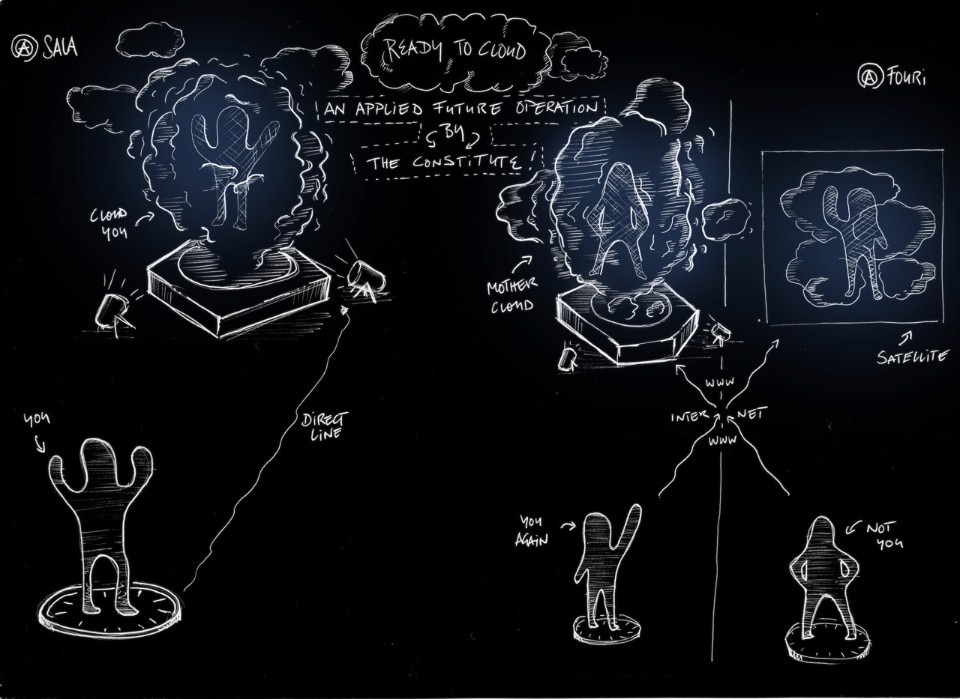After the show, Susanna Legrenzi and Stefano Mirti interviewed Christian Zoellner, founder of The Constitute.
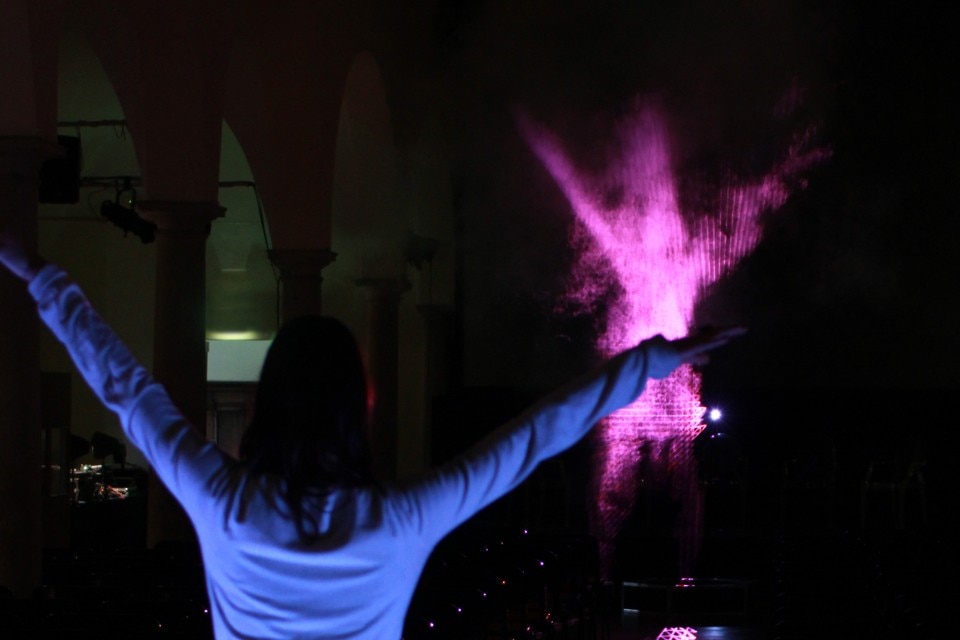
SL and SM: Ready to Cloud can definitely be defined as a visionary project. In the design field, there is a long tradition of people whose work looks towards the future. Do you feel that you belong to this tradition?
CZ: As a designer, I deal with futures. Any project remains hypothetical until it is envisioned and realised in a prototype. Designers shape and materialise things that previously existed only in their imagination.
According to David Kirby, a researcher I appreciate very much, there are two ways of prototyping. The first one, developed by “real” designers, is called “apologetic prototyping” — creating something physical and thus graspable in order to test its true properties and qualities. Imagining a chair leads to the development of its mock-up to test the initial idea.
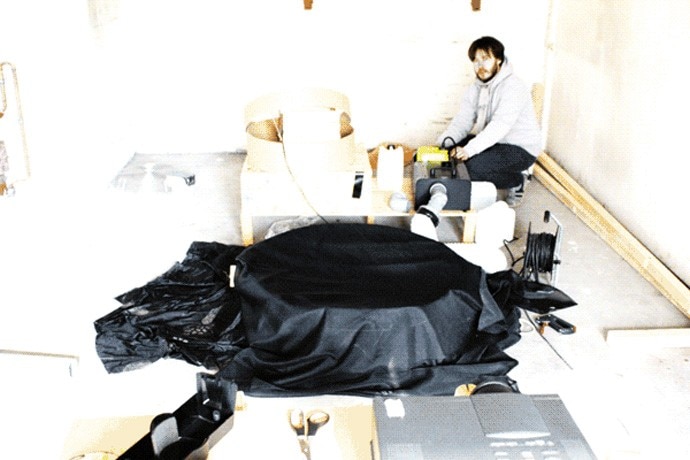
SL and SM: And the other way of prototyping?
CZ: Kirby defines the other method for prototyping as “diagetic prototyping”. This describes an idea for a shape or interaction by telling a story through various high-resolution media. For example, teleportation technology wasn’t available in the 1960s when they began to shoot Star Trek. But the idea was there, so they tried to make it visible. I somehow think that I come from this tradition of researching futures from the past and making them become the present.
SL and SM: In the past century, “future” was synonymous with a whole set of positive values. Nowadays, the term “future” leads us towards various (conceptual) worlds. Some positive, several negative. How does this reflect in your work?
CZ: In the Ready to Cloud project, we began by researching all the teleportation sequences from Star Trek. Since we got West German TV post-GDR, I have enjoyed Star Trek a lot.
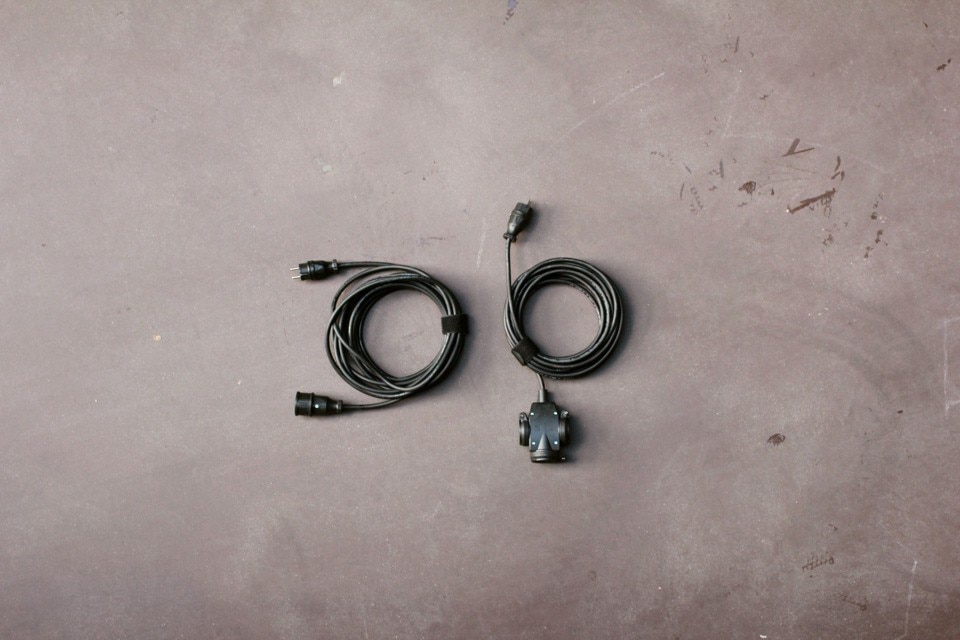
SL and SM: Why did you like it?
CZ: It's a utopian vision and a techno-modern saga: there is no more money, there are no more wars on earth, everybody is very happy, there are “replicators” for everybody. It might be a good outlook, but to be sincere, this will not happen unless we all work on it and try to avoid drifting into the Matrix Dystopia. Within The Constitute, we try to find new interactions, new experiences that can be augmented by technology. However, we always focus on activating the public, through minor interventions and a bit of humour. Without scaring people, we want them to follow us on a trip into the near future.
SL and SM: You mentioned your process of using iterative prototypes. Basically, you are constantly prototyping and as soon as a project becomes “stable”, you move on to a new one. Does this precise attitude come from the use of new technologies or does it refer to your personal idea of design?
CZ: We try to get things done quickly and test projects as soon as possible. I think it’s an attitude. Sometimes, even when the idea seems simple, a technological system is needed. The work to be done is often much more than what we imagined. With the SMSlingshot, we went through four iterations until reaching the final and definitive one. But we were not working in the secrecy of our studio. We went outside, in the streets, to festivals and conferences to test the project and receive concrete feedback.
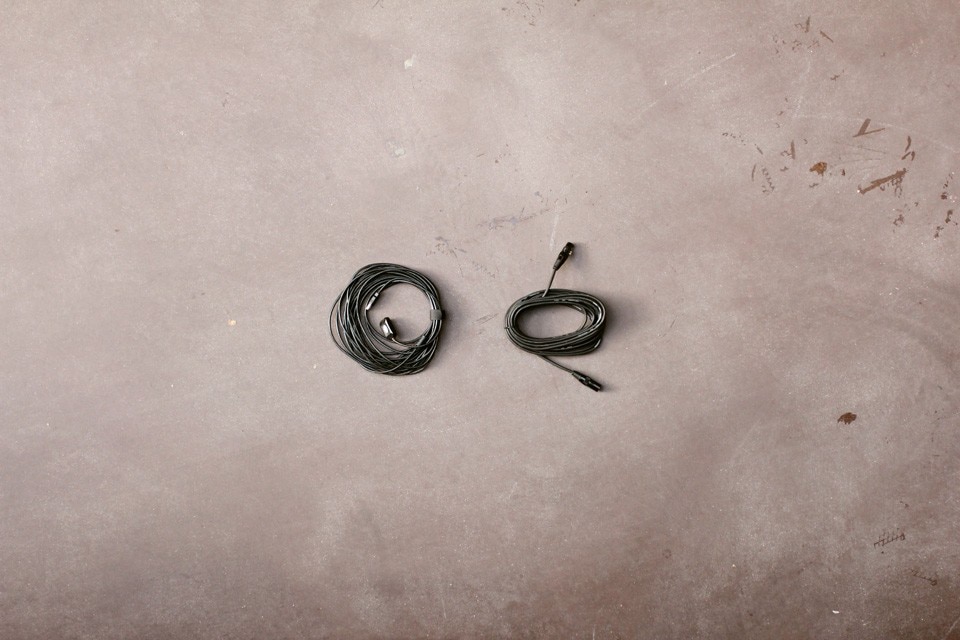
SL and SM: Could you describe better your prototyping process?
It's a kind of prototyping into the wild. In the studio, we prepare as much material as possible. We then take everything we need outside for testing and adjusting the project through live performances. It's the same with Ready to Cloud. We are here in Milan to propose this idea of urban telepresence. We want to see how people react, what tips and ideas they can give us to refine the system and make it better. As we happen to publish research papers on interaction design, we like to observe the relationships between various interactions. Instead of jumping from one to another, we choose to stick to one prototyping process, keeping it in flow and open to the public.
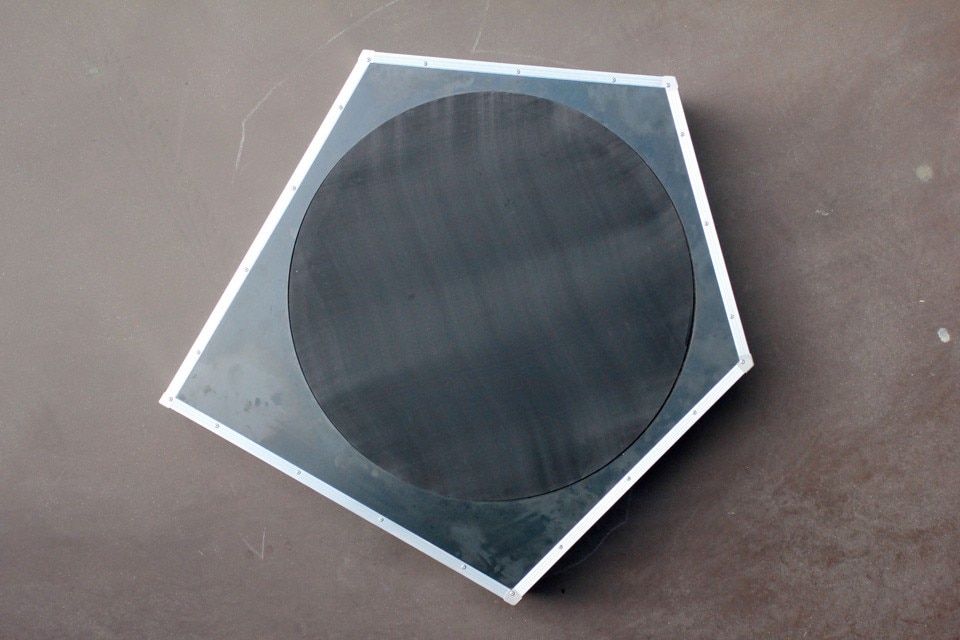
SL and SM: Berlin is a very interesting place to look into a futures that are already there. What are the most important features of this (very special) city according to you?
CZ: First of all: cheap rents. But this has been changing massively and thus generating protests, also from the art and design scene. The politicians want to have the creative city, but they also kick out the creatives from their studios without providing any real fertile grounds for new ways of living and working. It is almost as if there were no real value to creative work. But Berlin still remains a good place to make things. We rarely show our work in Berlin. We prefer moving around the world on business trips to show and test our works.
Another important feature is that people from all over end up in Berlin, which makes the city extremely lively and colourful. On the other hand, it can be a distraction, and you can easily be sucked into nightlife and this and that... Losing focus on your own work can be good once in awhile, but for longer periods, a greater amount of discipline is needed.
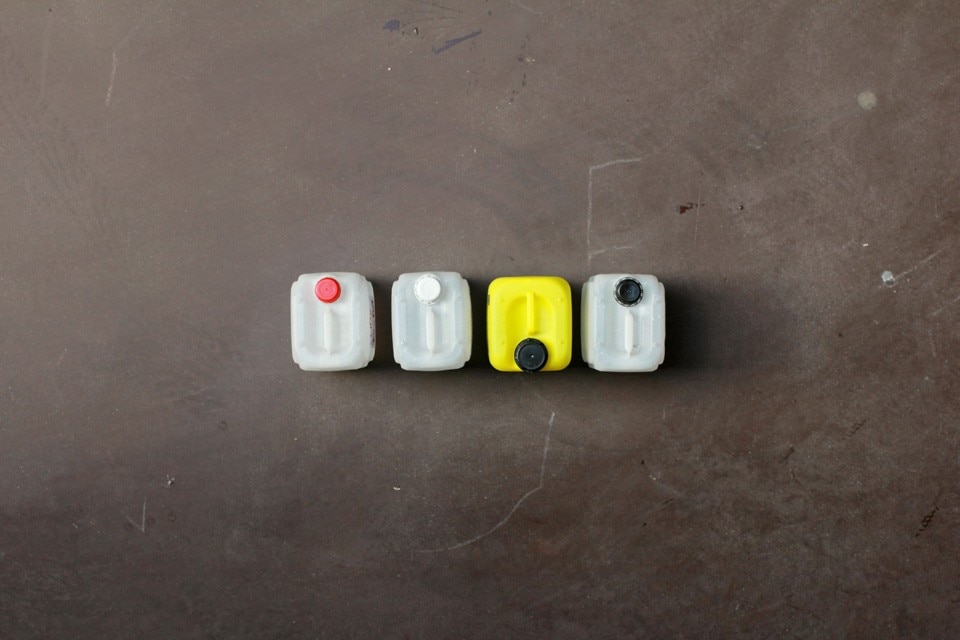
SL and SM: One last thing. We know you did some special video-compilation as a part of your research. We saw the videos when we came to Berlin a month ago. Would it be possible to share them with the Domus readers?
CZ: Of course, very nice idea! Here are the links:
The Constitute - Research on diegetic prototyping #1: http://vimeo.com/61624433
The Constitute - Research on diegetic prototyping #2: http://vimeo.com/62116434
The Constitute - Research on aesthetic prototyping #1: http://vimeo.com/61660371

Ready To Cloud
Ready To Cloud is a mother cloud made out of water vapor, dialoguing with a satellite cloud living as a big digital projection to generate a new reality to interact in actual presence.
A digital interactive system, open to an immediate and engaging participation. A “what if” scenario with blurred boundaries, a performance asking once more who we are and how we interact, beyond the threshold of the visible. It is design. Design-fiction. A poetic and technological variation of the teleportation. Ready To Cloud for Expovisions - a project by Telecom Italia and Expo Milano 2015 - is curated by Susanna Legrenzi and Stefano Mirti.
The Satellite Cloud performances are organized in collaboration with the Assessorato alla Cultura, Moda, Design (city of Milan) and il Salone Internazionale del Mobile.



